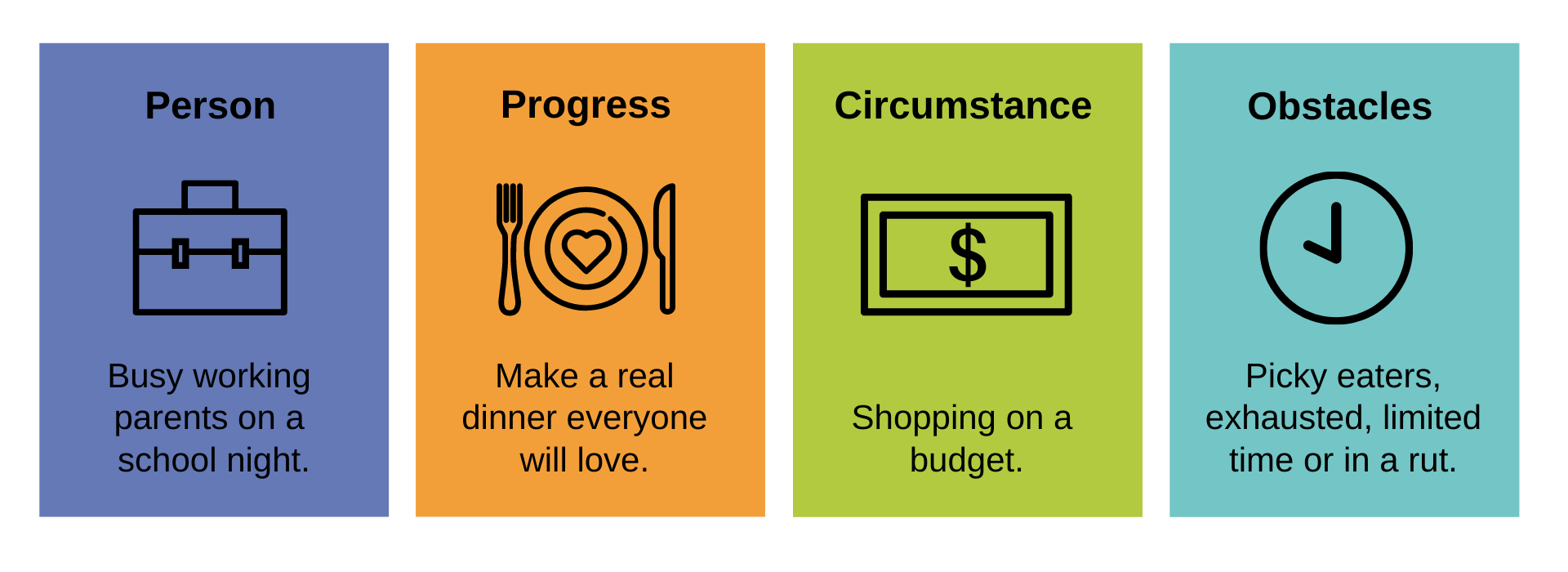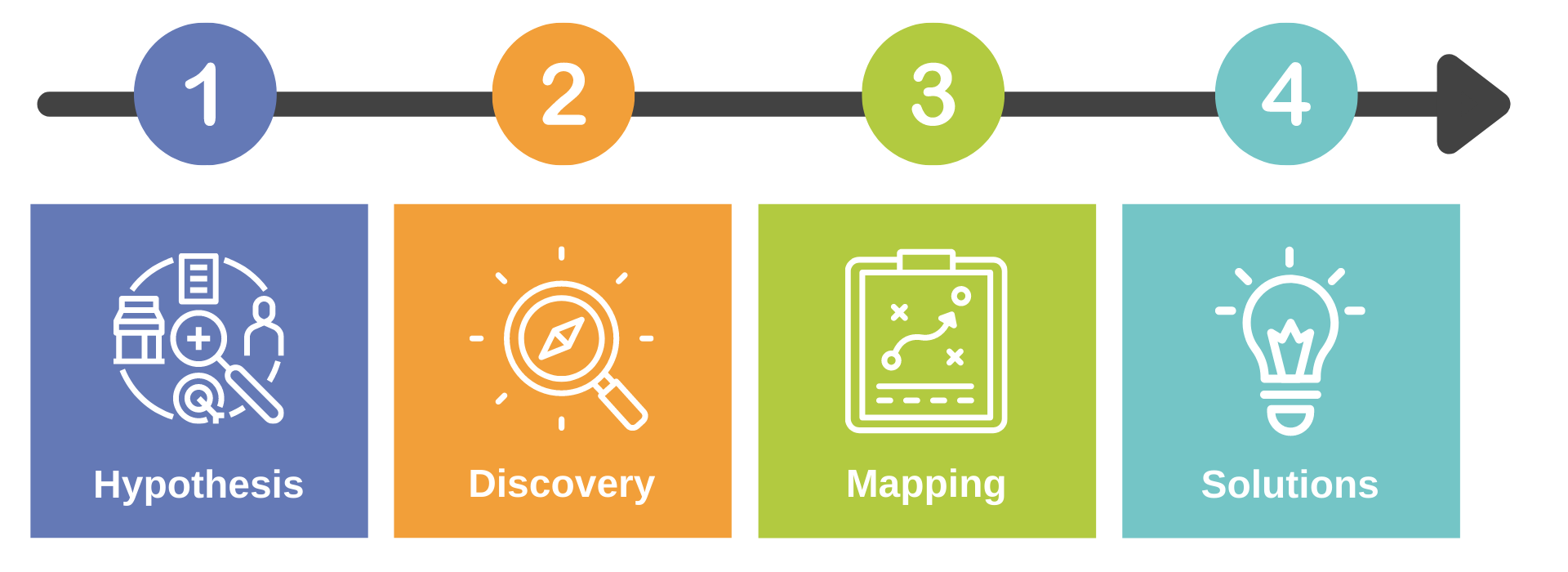Jobs-to-be-done has become a very successful framework because it's an efficient, easy to understand and proven model for implementing innovation. It doesn’t require a large segmentation study or complex research so it can also shorten research timelines without sacrificing quality. Ultimately, Innovation can be far more predictable (and profitable) if you start by identifying the most important Jobs that customers are struggling to get done. Without that perspective, your process could miss major opportunities for innovation.

To help get organizations on board with the Jobs-to-be-Done concept and methodology, we have created a new eBook: Innovate Faster with Jobs-To-Be-Done Research. We review the framework of JTBD, the components of a Job, some common challenges faced by innovators, the 4 steps of the JTBD process and lastly, solutions and top tips for success.
While conventional marketing emphasizes market demographics or product attributes, Jobs Theory gets to the root cause of behavior to expose the functional, social and emotional dimensions that explain why customers make the choices they do. People don’t simply buy products or services – they pull them into their lives to make progress. We call this progress the “Job” they are trying to get done, and understanding this opens a world of innovation possibilities. If brands can understand what that exact Job is upfront, they can better design solutions and products for that Job.
When you think about consumer choice in the Jobs framework, rather than looking independently at what the need is, you need to holistically look at the person's behavior or experience. Look at the process the consumer is going through and the Job that the product does in that context.
In other words, a person is making some kind of progress in their day. Within the circumstances of that specific moment, they typically have to overcome some kind of obstacle to achieve that goal or meet that need. The magic in JTBD is using human interaction to understand functional, emotional and social attributes.
In this example below, we can look at how people hire and fire different brands in different categories from their “Jobs.”

They could “hire” frozen lasagna, Hamburger Helper, a delivery service like Freshly or take-and-bake pizza. People also "fire" brands from Jobs. For example, if traffic is bad and Papa John's pizza is out of the way, that brand could get fired for being in the wrong location.
So where might the JTBD framework fit in your process of developing innovation for your organization? What are the steps to take?

Step 1: Hypothesis
This step is typically where you review existing data for Qualitative exploration and immersion. You may try to reverse engineer from the competition or narrow down on a set of target consumers. In this stage, some researchers often conduct a series of short, one-on-one interviews with consumers.
Step 2: Discovery
In this step, you’ll start the process of fleshing out those Jobs. You're looking to find big enough Jobs that are worth solving and identifying the tension between what is ideal and what is perceived. If a Job isn’t being satisfied, you want to dig for those emotional and social triggers. Video analysis tools are also helpful to have at this stage, so you can capture and share stories specific to each Job.
Step 3: Mapping
Investing in JTBD solutions will require buy-in. One way to help secure that buy-in is quantitative validating and sizing. It’s important to understand the relevance, frequency and level of disruption that the obstacles related to that Job have. Historically, this has been done by going back to correlational data (like social listening and transactional data) to find evidence of your Jobs. But there are also quick, quantitative research methods that can help validate and prioritize your focus.
Step 4: Solutions
In this final step, you start the process of ideation to come up with products, packaging, communication or positioning. This kind of creation often benefits from a group of external catalysts, creative people from outside of the organization or even inside who might help spark ideas. This is a good opportunity to go back into the videos you collected in steps 1-2 to inspire your team.
At Digsite, we embrace the JTBD framework to help companies remain truly consumer-centric throughout their entire development process. With our expertly-designed templates and customized approaches, Digsite makes it efficient and easy for brands to uncover Jobs that are relevant to their consumers and size them based on frequency and disruption.
Where you can learn more

In our new eBook, Innovate Faster with Jobs-To-Be-Done Research, we walk you through the framework of JTBD, the components of a Job, some common challenges faced by innovators, the 4 steps of the JTBD process and lastly, solutions and top tips for success.




